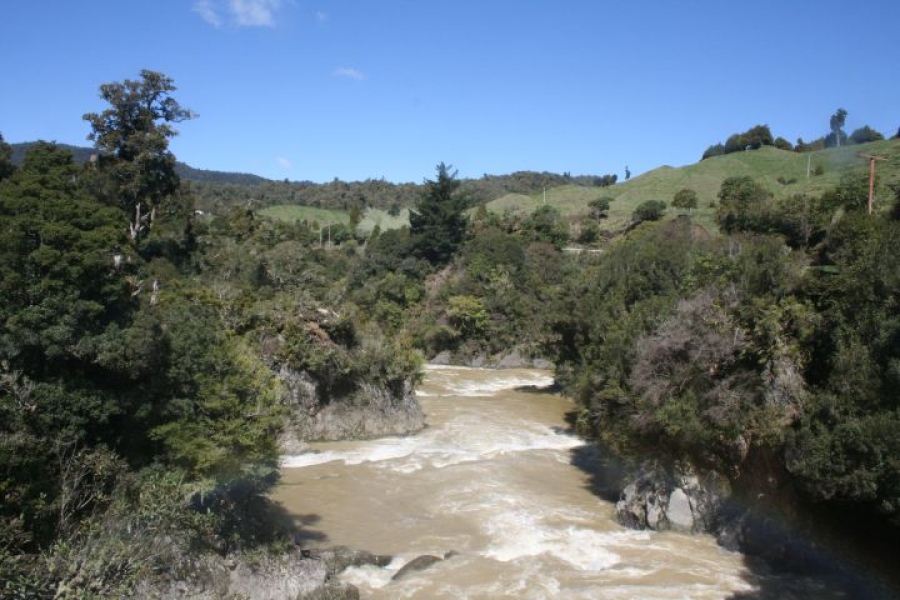The Motu River, in the eastern part of North Island, is the first of NZ’s so-called ‘wild and scenic rivers’. However, its upper catchment seems likely to be the focus of dairy expansion. NIWA scientists have been looking at the likely impacts of this change in land use.
Gisborne District Council asked NIWA to provide advice on water quality issues associated with intensive dairying, ways to monitor changes in water quality over time, and best management practices to mitigate water quality impacts of dairying.
What did we recommend?
1. Water quality monitoring – what to monitor?
We recommended that water quality monitoring in the Upper Motu catchment should focus on measuring the three main categories of pollutants associated with livestock farming including dairying:
1. fine sediment affecting visual clarity and contributing to siltation and habitat change 2. forms of nitrogen and phosphorus 3. the faecal indicator, E. coli.
2. Ways to monitor water quality over time
We recommended a BACI (Before-After-Control-Impact) design, where monitoring would be conducted monthly on one native forest ‘reference’ stream, one control stream in business-as-usual sheep-beef farmland, a stream in existing dairy land, and a stream draining potential dairy land. The existing data record from Gisborne District Council’s State of Environment (SoE) site on the Upper Motu River at Kotare should be continued too, in an improved form.
3. Best management practices
We suggested a range of best management practices to mitigate pollution from future dairying. These best management practices could include:
- careful management of the timing and location of grazing to avoid soil damage
- good effluent management (preferably ‘deferred’ irrigation to land when soils are unsaturated)
- keeping cattle out of water courses by bridging crossings and fencing off all watercourses and wetlands
- riparian planting to buffer streams from dairy-land pollution.
With widesperad adoption of these practices, the Upper Motu River catchment could avoid the water quality degradation that has been caused by dairy conversions elsewhere. We also suggested that a catchment care group be fostered to provide local input to looking after the Upper Motu catchment.
Contacts: Rob Davies-Colley or Deborah Ballantine

